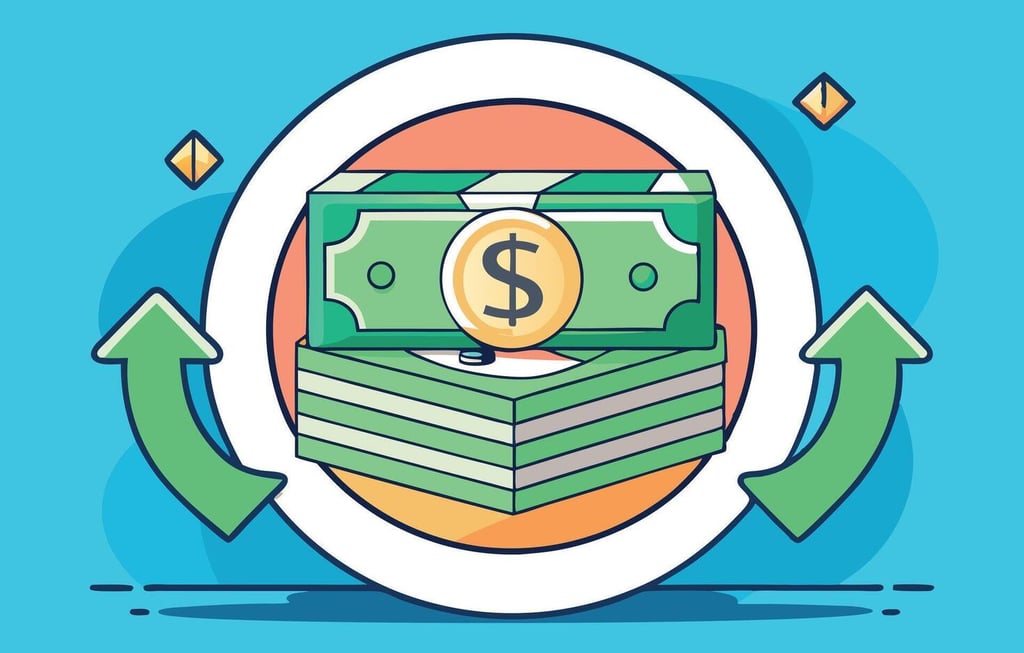
Why the Dividend Payout Ratio Deserves Every Investor’s Attention
Learn more about how to use the dividend payout ratio in this easy-to-understand blog post. Discover how it reveals a company’s financial health, helps you avoid risky stocks, and supports smarter, more stable investing decisions.
10/20/20252 min read


When it comes to picking dividend stocks, most investors are quick to check the yield. But focusing solely on yield can be misleading. The dividend payout ratio offers deeper insight into a company’s financial behavior, and it deserves a front-row seat in your analysis.
What Is the Dividend Payout Ratio?
The dividend payout ratio tells you how much of a company’s net income is paid out to shareholders in dividends. A low ratio means the company is reinvesting most of its profits, while a high ratio means it’s returning more money to shareholders. Both approaches have their pros and cons depending on the company’s growth stage and industry.


Source: vecteezy.com
Why It Matters to Investors
A sustainable payout ratio is a sign of financial health. It means the company is likely to continue paying—and possibly increasing—its dividends. On the other hand, a ratio that’s too high may signal a risk of future dividend cuts, especially if earnings drop. That’s why payout ratio analysis is critical for long-term, income-focused investors.


Context Is Key
Different industries have different standards. Utilities and REITs often have higher payout ratios and still remain strong, while tech companies tend to reinvest earnings and maintain lower ratios. Comparing a tech stock to a utility based on payout ratio alone wouldn’t give you a fair picture.


The Power of Reinvestment
Reinvesting dividends—especially through Dividend Reinvestment Plans (DRIPs)—can accelerate wealth growth through the power of compounding. Over time, reinvested dividends buy more shares, which then earn more dividends. It’s a powerful strategy for building long-term value, especially when paired with companies that consistently grow their dividends.


Final Thought
The dividend payout ratio is more than just a number—it’s a snapshot of how a company manages its money, treats its shareholders, and plans for the future. By looking beyond the dividend yield and considering the payout ratio in context, you can make smarter, more reliable investment decisions that support both income and growth.
Ready to Understand Dividends Better?
We put together a beginner-friendly guide to help you make sense of the dividend payout ratio — what it means, how to calculate it, and why it matters for long-term investing.
Learn how to spot sustainable dividend stocks, avoid common mistakes, and grow your income with confidence.
📊 Start reading now and invest smarter.
